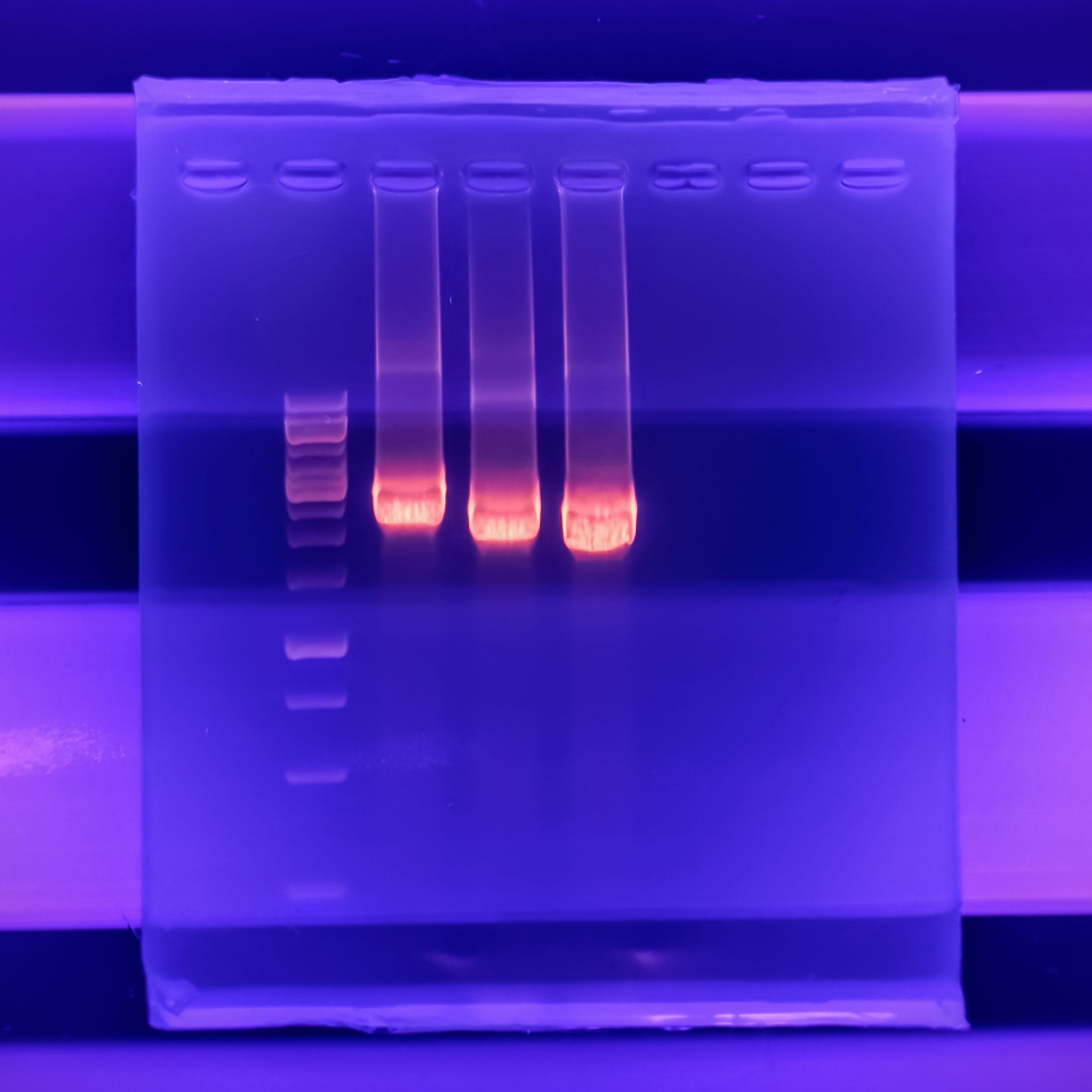What types of agaroses do we offer?
Tue, 20/09/2022 - 08:08
Agarose is a polysaccharide formed by alpha and beta galactoses through 1-4 bonds that is extracted from Gelidium and Gracilaria algae.Its fundamental repeating unit, called agarobiose, builds long chains and its structure contains both charged groups (such as sulfates and pyruvates) and uncharged groups, all of which are responsible for the properties of agarose.
Among the different types of agaroses that we market we can find:
- Standard agaroses: perfect for routine separation of DNA and RNA fragments in a wide range of sizes, including PCR fragments, screening, cloning and transfer techniques and for plasmid preparation. Among its main features are its high transparency which, combined with its low background fluorescence, provides excellent visibility of the bands, its easy dissolution and rapid gelling, as well as very low DNA binding.
- Low melt or low melting point agaroses: the main difference from the previous types is their low melting and gelling temperatures, and they are obtained by chemically modifying the structure of standard agaroses. Their low melting temperature makes it possible to recover intact, biologically active nucleic acids and their low gelling temperature ensures that the agarose remains in a liquid state in a temperature range where it can be handled In-Gel without previously extracting the DNA from the gel. This type of agarose has higher clarity than gels prepared from standard agarose and has a higher sieving capacity.
- Molecular screen: they are chemically modified to obtain a structure that makes the separation of small DNA fragments and the resolution between fragments of similar size easier. Some of their characteristics include the fact that they are very transparent and clear gels (even at high concentrations) and that their resolution capacity can reach that obtained with polyacrylamide gels.

